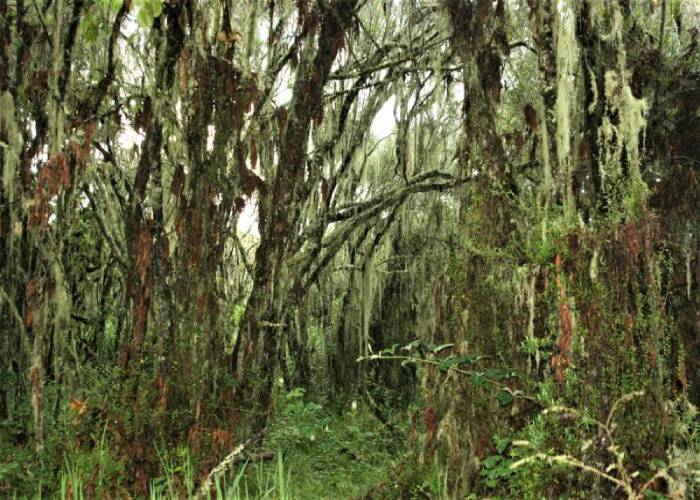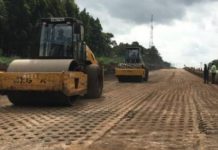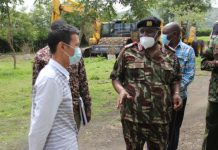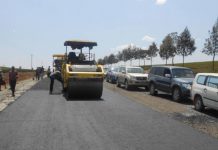Conservationists have expressed fears over the construction of a road through the Aberdare Forest saying it could ruin the water tower.
The concern echoes one raised by a government agency 10 years ago, which cautioned the upgrade would greatly compromise the critical ecosystem.The proposed upgrading of the Ihithe – Aberdare Forest – Kahuruko – Ndunyu Njeru Road, also known as Mau Mau road, by the Kenya National Highways Authority is expected to pass through the Aberdare Forest Reserve and Aberdare National Park which together form the Aberdare Water Tower. It’s one of Kenya’s five main water towers.
The road will connect four counties in Central and provide a new artery into the city.“We are currently in the award stage and constructions should be kick off next month,” Kenha Director of Communications Charles Njogu said.
Conservationists have raised fears that the upgrading of the road will impact on the critical water tower. Once upgraded, the road, it is estimated, will inject Sh1 trillion into the Gross Domestic Product yearly.
“We acknowledge the proposed upgrading of the road will enhance the economic activities of the communities and business owners residing alongside the road. However, as a key stakeholder in the conservation of the Aberdare ecosystem, we are concerned about the environmental impacts this will have on the ecosystem,” a petition by Rhino Ark Executive Director Christian Lambrects to Kenya National Highways Authority reads.Opposed project
Notably, 10 years ago, the National Environmental Management Authority (Nema) refused to approve the upgrade saying this would have massive impacts on the forest. Aberdare Forest is one of the five major water towers in the country and it provides water to Nairobi City and also feeds Lake Naivasha which is the backbone of Kenya’s horticulture.
In the October 2009 letter seen by Sunday Standard, Nema noted that Kenya Wildlife Service, Kenya Forest Service, African Wildlife Foundation, Rhino Ark, Kenya Tourism Federation and East Africa Wildlife Society had strongly opposed the project because the road will traverse 25 kilometres through closed canopy forest which is a fragile ecosystem. “The authority is unable to issue Environmental Impact Assessment Licence for the project. You are advised to re-design your plans to explore alternative site,” read the letter by Nema to the ministry of roads.
Kenha has since maintained the road exists and that the upgrade will not interfere with the ecosystem. “This is just one of the roads we intend to tarmac. We have done several others like Mwatate-Taveta and have put in place environmental safeguards like wildlife crossing points so that migratory routes will not be disturbed,” Njogu added.
Rhino Ark, however, said the upgrade comes at a critical time when the water towers are undergoing restoration ruining the plan.
A 2017 census report by the Wildlife Conservation Society, Rhino Ark, Kenya Wildlife Service and Kenya Forest Service estimated that the elephant population in the Aberdare Ecosystem stood at 3,568. The concentration of the elephants resided in the moorlands where the proposed upgraded road will pass through.
The road will pass through 69 market centres in upper tea growing regions of Nyeri, Muranga and Kiambu, with a branch through the Aberdare Forest from Murang’a.
It will connect to Nyandarua at Njabini in Kinangop.More than 80 feeder roads will be upgraded as they lead to the main highway that will snake its way through picturesque ridges in the four counties. The new road follows the network opened by colonialists in the 1950s.






